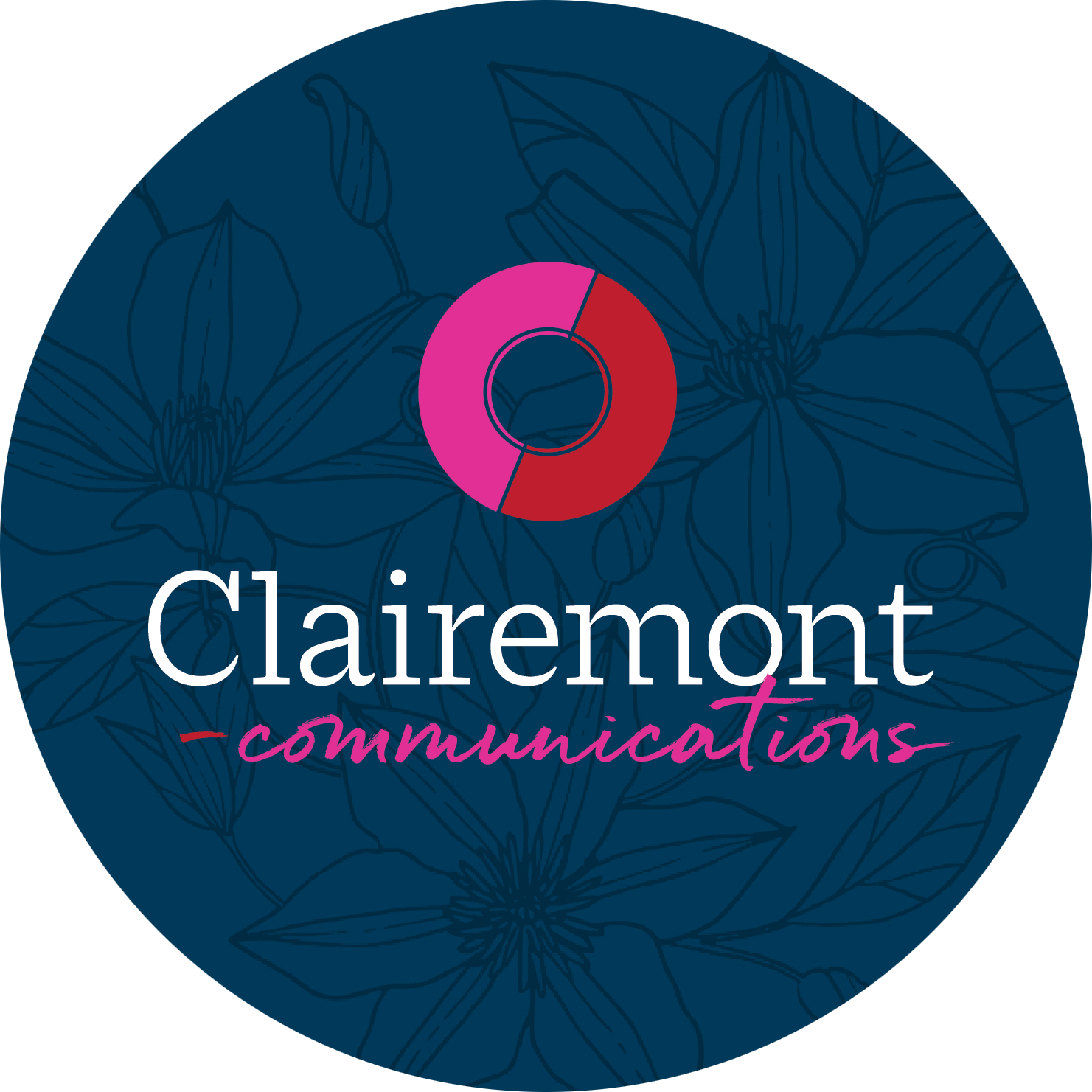When I worked as the communications director with the YMCA of the Triangle, Chip and Dan Heath held celeb status in our halls.
We had never even met the duo. But the Y staff had poured through their book, “Switch,” discussed it in fervent (sometimes overly caffeinated) groups, storyboarded its concepts and penned strategies of action.
“Switch” served as a catalyst for systemic change for the Y — all 13+ branches in our region. The Heaths’ three-step process for inciting transformation at all levels — staff, members and the community — proved radical.
The Heaths had successfully positioned themselves as thought leaders.
Thought leaders aren’t just experts. They are the “expert of experts.” After demonstrating valuable contributions to a specific field, thought leaders rise as the “go-to” resources, the keynote speakers, the daily bloggers.
As you develop your influence as a thought leader, fuel your journey with these six steps.
1. #Inspo: Find Your Why.

This crucial first step will serve as the foundation for the next five steps. Determine for yourself why you want to pursue this specific niche of expertise. Is there social change you’d like to encourage, people you’d like to help, a business you’re dreaming to start? A deep, specific conviction serves both to focus your strategy on an end goal while also keeping you inspired over the long haul.
2. #Niche: Specify your what.
What is your area of expertise? Since specificity is key, define not just your field but also your niche and your stance on that niche. For example, Clairemont works with Newland Communities, the country’s largest private residential real estate developer. We worked with one of its executives who was a thought leader not in real estate, not in mixed-use real estate (although we’re getting closer) but in the authentic mixed-use development inspired by natural habitats and heritage. Newland’s mission propels the company to develop communities based on the culture, heritage and natural topography of the land to foster the area’s culture. See how this is much more specific than “real estate”?
In this phase of discovery, remember that you need to offer something new. Perhaps you’re taking a new stance on a topic or adding a new angle to accepted rhetoric. Either way, proffer something fresh to the pot. Once you’ve fleshed out your particular brand of cool, hone it to a four- or five-word phrase that cleanly portrays your value as a thought leader.
3. #Proof: Build your credibility.

Create a profile that showcases why you’re a thought leader on a source. This could include a list of accomplishments and experiences in this field, works you’ve written, awards won, organizations to which you’ve contributed or research you’ve conducted. Build proof why your followers should look to you as the quintessential expert.
4. #Authenticity: Hone your voice.
People don’t follow ideas. People follow people, which is a wonderful invitation for you to unveil your personality, style and voice. Take the opportunity to develop your personal “boilerplate” or your story that led you to your expertise. What spurred you, what obstacles did you crush, what change did you witness? Be forewarned: our culture has a strong radar for heavy-handed sales tactics. So undergird your writing and thoughts with transparency without asking for anything in return.
5. #Connected: Use your tribe.

When setting up your strategy, consult a team of trusted advisors, like your colleagues, fellow board members or your PR agency team. Share your why, what, proof and credibility points. Ask for feedback and expand ideas together: topics you could address, events or panels on which you could speak, workshops to teach or social media strategies. Define your outlets and plan of attack. Will you solely provide blog material? Teach workshops? Are you writing a book? Your team can provide invaluable direction; don’t go it alone!
6. #Indispensable: Be a resource.
Once your strategy is in place, here’s where the proverbial rubber meets the road. All of your knowledge doesn’t mean bupkis unless your followers find it useful. Since you’ve established a stance on a topic (see #2) backed by data (see #3), spotlight your golden discoveries.
Articulate a common problem that your field faces and offer your solution; share ideas in approachable, actionable terms. Stay apprised of the very latest developments and news in your industry to weigh in with your advice. Diversify your input across several types of mediums (such as videos, infographics) and platforms (like reddit and LinkedIn) to connect with varied audiences. Offer consistent content, and above all commit to quality over quantity. Your audience will learn to trust your counsel and follow your strategies.
At Clairemont, we love to help our clients explore their full potential as thought leaders. Want to learn what that means for you? Us too! Drop us a line.

